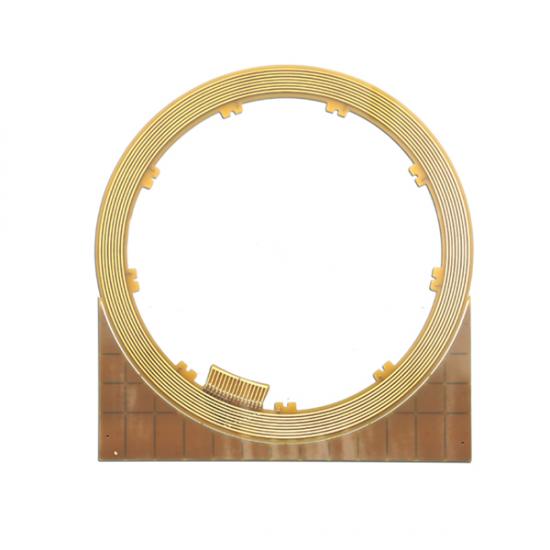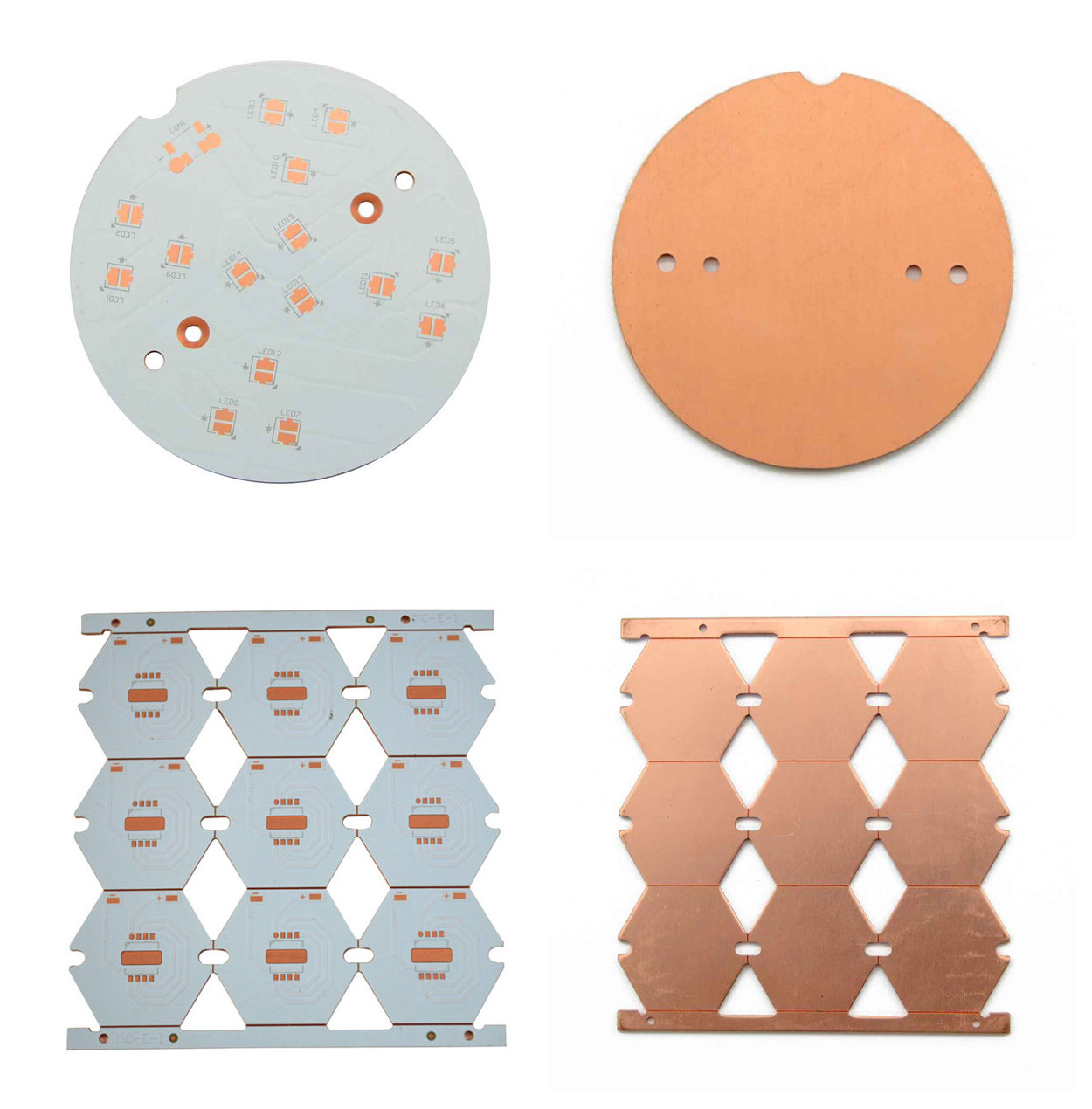Several PCB surface treatment processes you don't know
PCB surface treatment processes play a crucial role in ensuring the performance, reliability, and longevity of printed circuit boards. While many are familiar with traditional methods like HASL and ENIG, there exist several lesser-known techniques that can significantly enhance the functionality and durability of your PCBs. In this article, we will delve into six such surface treatment processes that you might not be aware of.

1. Electroless Nickel Immersion Gold (ENIG) - The Gold Standard of Reliability
ENIG, also known as immersion gold, is a widely used surface treatment process that offers excellent corrosion resistance, planarity, and solderability. The process involves depositing a thin layer of nickel followed by a layer of gold through an electroless plating method. The nickel layer acts as a barrier against oxidation, while the gold layer provides a flat surface for reliable solder joints. ENIG is particularly suitable for applications that require multiple reflow cycles, such as automotive and aerospace industries.
2. Organic Solderability Preservatives (OSP) - A Green Solution for SMT Assembly
OSP is an eco-friendly surface treatment process that generates a thin protective layer on the copper surface. The layer is primarily composed of organic compounds and provides excellent solderability and preservation from oxidation. OSP is highly cost-effective and facilitates simpler rework and repair processes compared to other surface finish types. It is particularly beneficial for high-frequency applications due to its low signal loss characteristics. However, OSP coatings are relatively delicate and require proper handling during assembly.
3. Immersion Tin - The Budget-Friendly Choice with Sustainable Performance
Immersion tin, also known as white tin, is an alternative to the expensive ENIG process that provides equally reliable performance. The process involves immersing the PCB in a solution that deposits a thin layer of tin on the copper surface. Immersion tin offers excellent solderability, planarity, and is ideal for producing fine-pitch surface mount components. It is cost-effective and suitable for applications with a limited number of thermal cycles. However, it is important to note that immersion tin has a short shelf life and needs proper storage conditions to avoid oxidation.

4. Electroless Nickel Electroless Palladium Immersion Gold (ENEPIG) - The Superior Multilayer Surface Finish
ENEPIG is a complex yet highly effective surface finish that combines the advantages of electroless nickel, electroless palladium, and immersion gold. This multilayer plating provides an exceptional platform for soldering and wire bonding, ensuring high reliability and long-term performance. ENEPIG offers excellent corrosion resistance, uniformity, and compatibility with different assembly processes. It finds applications in the medical, military, and telecommunications industries where extreme reliability is essential.
5. Hard Gold - The Durable and Wear-resistant Coating
Hard gold, also known as hard electrolytic gold, is a specialty surface treatment process that offers superior durability and wear resistance. It involves electroplating a thick layer of gold onto the copper surface, providing excellent contact performance and resistance to tarnishing. Hard gold is primarily used in applications with excessive mechanical and environmental stress, such as edge connectors and switch contacts. However, its high cost and limited solderability make it less suitable for general-purpose PCBs.
6. Electroplated Nickel and Soft Gold - The Robust Bonding Solution
Electroplated nickel and soft gold, commonly referred to as soft gold, is a widely employed surface treatment process for wire bonding applications. The process involves depositing a layer of nickel followed by a layer of gold with controlled softness. Soft gold provides a smooth and corrosion-resistant surface, ensuring reliable wire bonding and efficient performance. It is extensively used in the semiconductor industry for applications like integrated circuits and hybrid microelectronics.
In conclusion, surface treatment processes play a vital role in enhancing the reliability, performance, and longevity of PCBs. While popular techniques like ENIG and OSP are well-known, exploring lesser-known options like immersion tin, ENEPIG, hard gold, and electroplated nickel can unlock new possibilities for your designs. By choosing the appropriate surface treatment process based on your specific requirements, you can ensure the optimal performance and durability of your PCBs in various applications.
Send PCB Files to Sales@ucreatepcba.com, We Will Quote You Very Soon!



